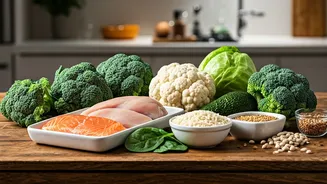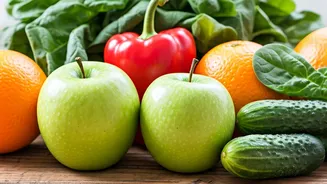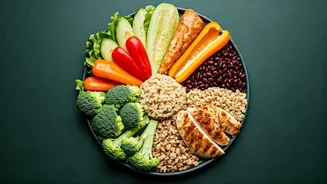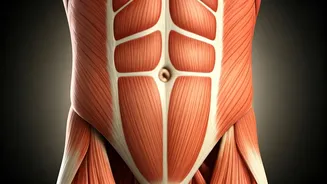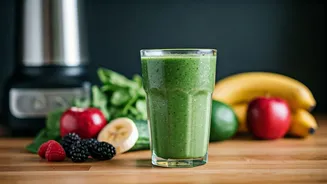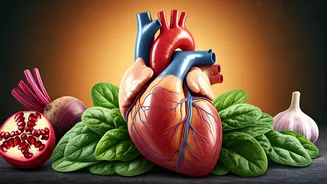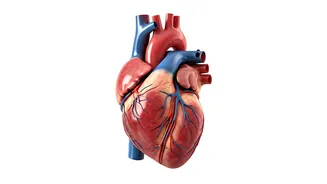Diwali's Dietary Delights
Diwali, the festival of lights, is undeniably a time for celebration. The atmosphere is filled with joy, and tables overflow with an array of delectable
treats. From savory snacks like samosas and kachoris to sweet indulgences such as gulab jamun and barfi, these dishes are rich in carbohydrates and fats. The abundance of such foods, often consumed in large quantities over a few days, can lead to an increase in calorie intake. This, in turn, can contribute to weight gain for many individuals. The cultural significance of Diwali often means that people gather and eat together, making it difficult to monitor portion sizes and make healthy choices. It's a festive time, but one with dietary consequences for many.
Low-Carb Diet Basics
A low-carb diet, as the name suggests, focuses on limiting the intake of carbohydrates while increasing the consumption of healthy fats and moderate amounts of protein. This dietary approach works by prompting the body to use stored fat for energy instead of relying on glucose from carbohydrates. The fundamental principle is to reduce the consumption of foods like bread, rice, pasta, and sugary items. Instead, the focus shifts to incorporating non-starchy vegetables, lean proteins such as chicken, fish, and eggs, and healthy fats from sources like avocados and nuts. This metabolic shift can lead to weight loss and improved blood sugar control, which is particularly beneficial for those who may have experienced fluctuations in their blood sugar levels during the festive season due to increased sugar and carbohydrate intake.
Breakfast: Fuel Your Day
Starting your day with a protein-rich and low-carb breakfast is crucial for managing weight and regulating energy levels. Some excellent choices include scrambled eggs with spinach and mushrooms, which are rich in nutrients and fiber, keeping you full for longer and reducing cravings. Another option is a smoothie made with unsweetened almond milk, protein powder, and a handful of berries. Berries are low in carbs and packed with antioxidants. Alternatively, consider a breakfast of boiled eggs with avocado slices, providing a good balance of protein, healthy fats, and essential vitamins. These breakfast options help kickstart your metabolism and set a healthy tone for the rest of the day, helping you avoid overeating later on and reduce the temptation of carb-heavy mid-morning snacks.
Lunchtime Low-Carb Choices
Lunch presents another opportunity to maintain your low-carb strategy with healthy, satisfying options. A salad with grilled chicken or fish provides a substantial meal filled with protein and essential nutrients. Ensure your salad base consists of leafy greens and non-starchy vegetables like cucumbers, bell peppers, and tomatoes. Another smart lunch idea is a vegetable soup, such as a broth-based soup with plenty of vegetables and lean protein. You can also prepare a quick and easy option: a lettuce wrap with seasoned ground meat and a selection of non-starchy vegetables. It is best to avoid adding bread, rice, or pasta to your lunches. These options are easy to prepare and carry, making them ideal for individuals with busy schedules, providing sustained energy throughout the afternoon and supporting weight loss efforts.
Dinner: Light & Healthy
For dinner, aim for a balanced meal that is light on carbohydrates and heavy on nutrients. A popular choice is baked salmon with steamed broccoli and a side of cauliflower rice. Salmon is rich in omega-3 fatty acids, which benefit overall health, and cauliflower rice is a great low-carb alternative to traditional rice. Another easy option is a chicken stir-fry with plenty of non-starchy vegetables, seasoned with soy sauce or tamari. Alternatively, you can enjoy a hearty vegetable curry made with coconut milk and protein like paneer or tofu. Focus on incorporating a variety of colorful vegetables to ensure you're getting a wide range of vitamins and minerals. Eating a balanced dinner helps in regulating metabolism during the night and minimizes any late-night cravings for unhealthy snacks.
Snacks for Cravings
Cravings can arise at any time, especially when you're transitioning to a new dietary approach. Having low-carb snacks readily available can prevent impulsive choices and keep you on track. Some smart snack choices include a handful of almonds or walnuts, providing healthy fats and protein, which can help in reducing cravings. Another option is a hard-boiled egg or a few slices of cheese. For those who enjoy something sweet, a few berries or a small piece of dark chocolate (with a high cocoa content) can satisfy the craving while keeping carbohydrate intake low. Always carry a small stash of healthy snacks with you to avoid reaching for high-carb, processed foods when hunger strikes unexpectedly.
Hydration is Key
Proper hydration plays a critical role in weight management and overall health. Aim to drink plenty of water throughout the day. Drinking water helps in maintaining the body’s metabolic functions and can assist in suppressing appetite. Other options include herbal teas, such as green tea or hibiscus tea, which can have added health benefits. Avoiding sugary drinks and artificial sweeteners is crucial because they can disrupt metabolic processes and hinder weight loss. Make sure to drink water before each meal to promote a feeling of fullness, which can lead to reduced food intake. Staying hydrated is often overlooked but it significantly impacts energy levels and the body's ability to burn fat effectively.
Exercise for Faster Results
While diet is the primary factor in weight loss, incorporating regular exercise can significantly enhance your results. Combining a low-carb diet with exercise accelerates fat burning, improves muscle tone, and boosts overall health. Cardio exercises, such as brisk walking, running, or cycling, are beneficial for burning calories. Strength training, including weightlifting or bodyweight exercises, builds muscle mass. Muscle tissue burns more calories at rest, boosting metabolism. Aim for at least 30 minutes of moderate-intensity exercise most days of the week. Even simple changes, like taking the stairs instead of the elevator or going for a walk during your lunch break, can make a difference. Consistency is important, so choose activities you enjoy and can maintain over the long term to achieve and sustain weight loss.
Food Swaps & Alternatives
Making informed food choices and utilizing smart swaps can drastically lower your carbohydrate intake without sacrificing taste or satisfaction. Replace rice with cauliflower rice or zoodles (zucchini noodles). Instead of regular pasta, opt for zucchini noodles or shirataki noodles, which are made from konjac. For bread, consider lettuce wraps or low-carb tortillas. When it comes to snacks, choose nuts, seeds, or cheese instead of chips or crackers. Pay close attention to hidden sources of carbs, such as sauces and condiments, by reading labels and selecting low-carb versions. By making these simple swaps, you can enjoy your favorite foods while maintaining a low-carb diet, making it easier to stick to your dietary goals and achieve weight loss.
Consult a Professional
Before starting any new diet plan, especially a low-carb one, consulting a qualified dietician or healthcare professional is recommended. A professional can evaluate your individual health needs and provide personalized guidance. They can help you determine the appropriate carbohydrate intake based on your activity level, health status, and goals. Consulting a professional ensures that you're getting adequate nutrition and helps prevent potential side effects. They can also monitor your progress and make necessary adjustments to the diet plan. A dietician can offer support and address any concerns or questions you may have. Seeking professional advice promotes safe and effective weight management and helps you achieve your health objectives.
